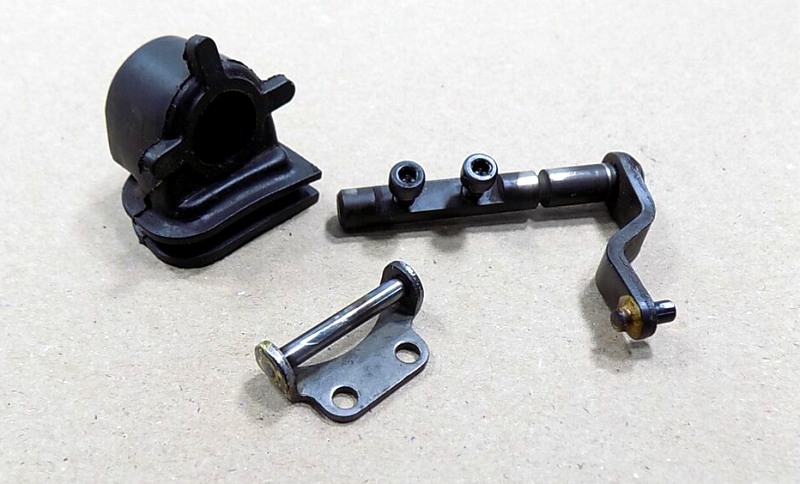ATV Tech: The Power Valve

Didn’t need valves but had some anyway.
Valves are a fact of like in the four-stroke engine. Intake valves open which allow fuel to enter the combustion chamber, a spark plugs ignites the fuel/ air mix, sending the piston sailing down the cylinder and then exhaust valves open to allow the spent gaseous byproducts of combustion out so that the cycle can begin again.
Two-stroke engines are simpler by design and, believe it or not, were designed to operate without valves. This is because the combustion process occurs at every single engine cycle, rather than every other. Rather than mechanical valves, two-strokes rely upon ports to allow fuel to enter the cylinder and exhaust to exit.
However, if you were to glance at the spec sheet of most of the popular two-stroke ATVs of yesteryear, you will see the term “power valve equipped”. Let’s take a closer look at what that means.
Power valves weren’t always a thing. In fact, before the 1980s, the technology was unheard of. We all have some idea of the concept that an aftermarket exhaust can increase our machine’s performance but the principle behind how this works is also what makes the power valve so valuable.
At their core, all engines are air pumps. They gulp air in for the combustion process and they spit it back out. Just as restricting or opening the air intake can change an engine’s capabilities, so too does increasing or decreasing how much it can release.

A power valve is simply a device that allows for variable exhaust port size on the fly. Before the power valve, the only way to change the exhaust port was to literally strip the engine down and drill new ports to try and achieve the characteristics desired. For example raising the port to a higher position in the cylinder would increase top end speed but at the cost of low end power. The opposite was also true, lowering it resulted in more grunt off the line but at the expense of top end.
Obviously, this wasn’t a very effective means of altering one’s power spread and worse still, it always forced a compromise. If you wanted more mid range, you had to give up top and bottom end. If you wanted more top speed, you gave up torque etc.
The power valve changed all this by altering the diameter of the exhaust port constantly based on the conditions. Rather than force a rider to settle on one range of power, this clever device simply changed how much exhaust it let fly based on what the machine was doing. For example, when starting off, where low end power is crucial, it restricted the exhaust port, allowing more pressure inside to build/ increase throttle response. Then, as speeds increase and torque becomes less important, it would open, granting the engine more top end acceleration.

Back when two-stroke ATVs ruled the roost, power valves were mechanical devices, relying upon spring pressure to open and close. These days, they are largely electronically controlled, with sensors monitoring throttle position to determine optimal position for the valve.
If all of that isn’t impressive enough, the latest trend (especially of engines coming out of Europe) is to offer the rider the additional luxury of fine tuning their power valve’s performance to match the conditions they are riding via an external engine bolt. For example, if a rider finds himself at a track with very few straightaways but many turns and jumps with short run-ups, he could give the bolt a turn to put additional pressure on the power valve actuation spring, manually keeping the low end sharp (or vise versa).
While there is no denying that the lion’s share of R&D these past few decades has favored the four-stroke (and more recently, the electric motor), two-strokes haven’t been without some evolution of their own thanks to snowmobiles, watercraft and closed competition bikes yet offering them. This is very good news for two-stroke ATV holdouts buying new crate engines to transplant into their quads.
